In the world of classic coupes, some cars stand out not just for their looks or performance, but for their creative use of existing parts. These “parts-bin” builds often utilized components from other models to create something unique without starting completely from scratch. Here are ten such coupes that made the most of what their manufacturers had on hand.
Ford Mustang II

The Ford Mustang II, produced from 1974 to 1978, is a prime example of a parts-bin build. Utilizing components from the Ford Pinto, the Mustang II was a response to the oil crisis of the 1970s. It featured a more compact design and smaller engines compared to its predecessor. While it may not have been a favorite among muscle car enthusiasts, the Mustang II’s use of existing components helped Ford keep costs down and maintain the Mustang nameplate during a challenging economic period.
Despite its reputation, the Mustang II was quite popular in its time, selling over a million units. Its compact size and affordability appealed to a new generation of drivers looking for a sporty yet economical option. The Mustang II laid the groundwork for the future success of the Mustang, proving that a strategic use of available parts could keep a legendary name alive.
Pontiac Fiero

The Pontiac Fiero, produced from 1984 to 1988, was GM’s first two-seater sports car since the 1920s. Despite its sporty appearance, it was initially powered by a rather mundane four-cylinder engine borrowed from the Chevy Citation. The Fiero made extensive use of GM’s parts bin, including suspension components from the Chevrolet Chevette and Citation.
Later models saw significant improvements, such as the introduction of a V6 engine and better suspension tuning. The Fiero’s innovative, yet cost-effective design laid the groundwork for more ambitious sports cars from GM. It remains a beloved classic for many enthusiasts who appreciate its unique approach to building a sports car on a budget.
Triumph TR7
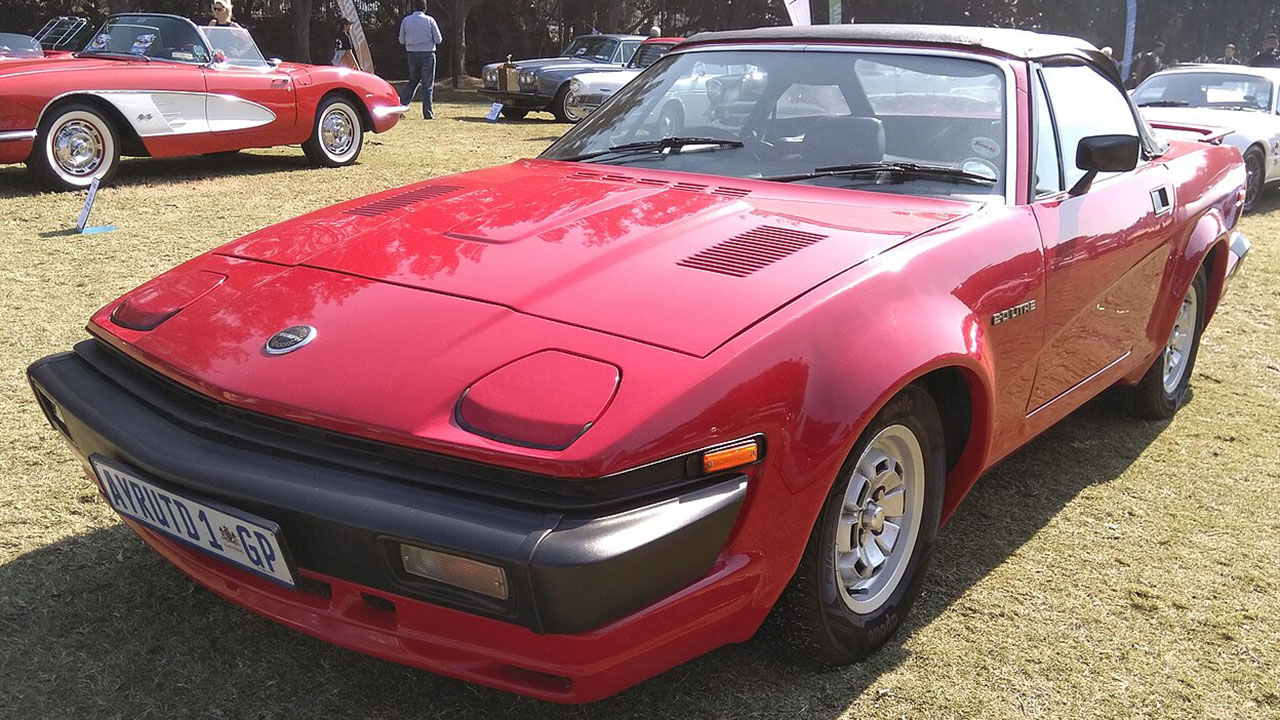
Launched in 1975, the Triumph TR7 was a British sports car that aimed to modernize the Triumph lineup. To keep production costs low, the TR7 borrowed several components from other British Leyland vehicles, including the Dolomite sedan’s engine. Its wedge-shaped design was a departure from previous Triumph models, earning it both praise and criticism.
The TR7 faced production challenges and quality control issues, yet it managed to carve out a niche among sports car fans. Despite its flaws, the TR7’s use of existing parts allowed Triumph to experiment with design and technology, setting the stage for the later introduction of the TR8, which featured a V8 engine.
Chrysler TC by Maserati
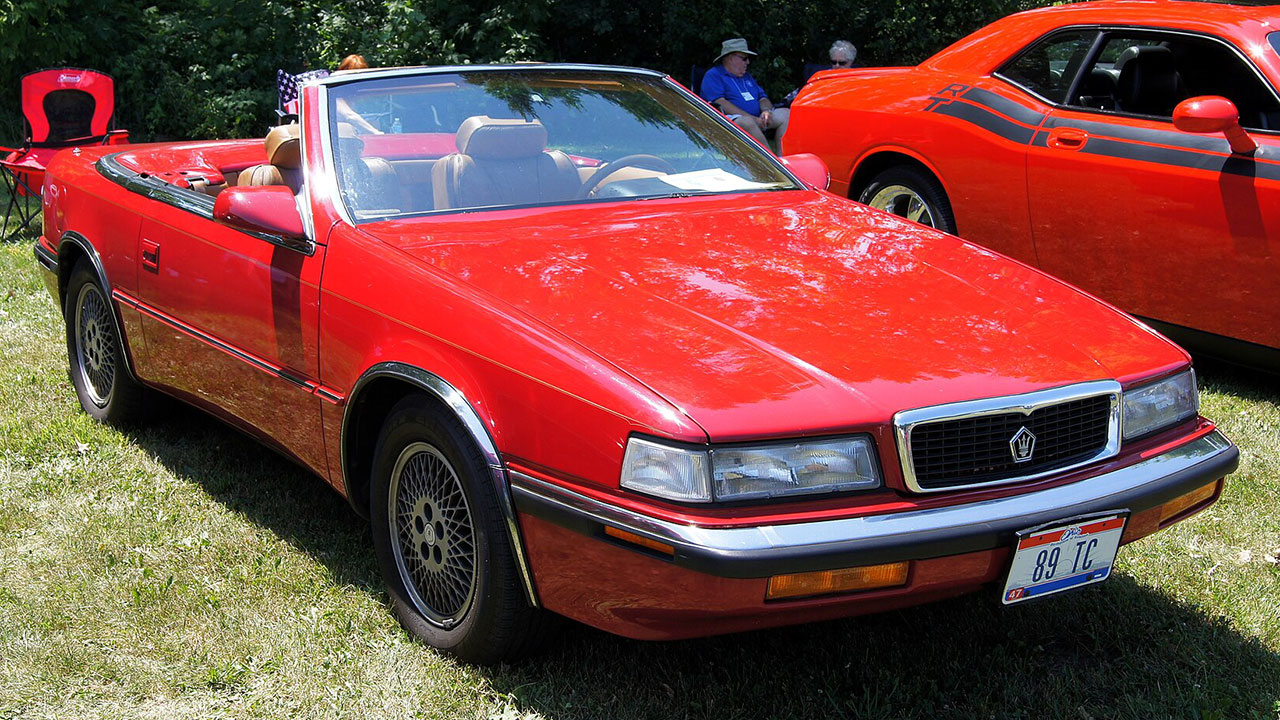
The Chrysler TC by Maserati, produced from 1989 to 1991, was a collaboration between Chrysler and the famed Italian automaker Maserati. While the partnership promised a unique luxury coupe, the TC largely relied on Chrysler’s parts bin, sharing many components with the Chrysler LeBaron, including its turbocharged engine and transmission.
Despite its high expectations, the TC struggled to capture the luxury market due to its hefty price tag and lack of differentiation from the LeBaron. However, it stands as an interesting example of cross-continental collaboration, showcasing how manufacturers can blend different influences and resources to create a distinctive vehicle.
Cadillac Allanté
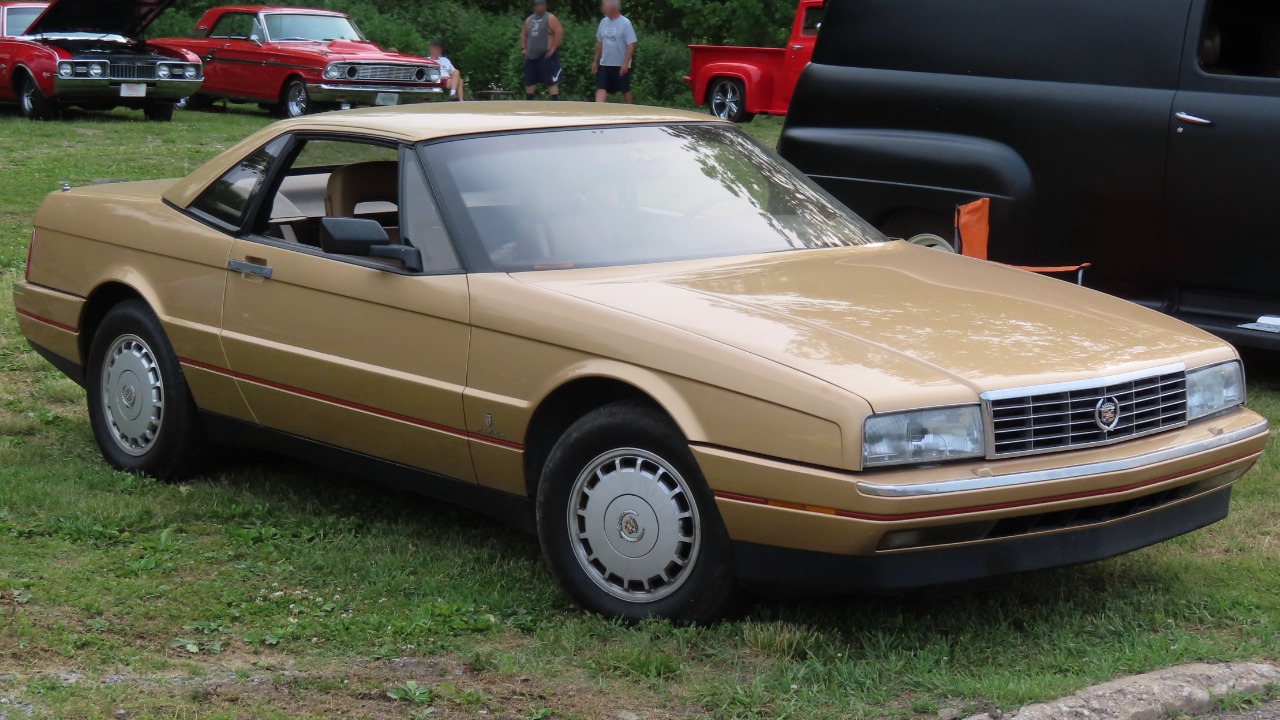
The Cadillac Allanté, built from 1987 to 1993, was another luxury coupe that combined international resources. Its body was designed and built by Pininfarina in Italy, while its chassis and engine were sourced from Cadillac’s parts bin. The final assembly took place in the United States, requiring an elaborate logistics operation dubbed the “Allanté Air Bridge.”
Despite its innovative approach and stylish design, the Allanté struggled to compete with luxury rivals like Mercedes-Benz and BMW. Its reliance on existing Cadillac components, while cost-effective, couldn’t fully deliver the performance and refinement expected at its price point. Nevertheless, the Allanté remains a fascinating chapter in Cadillac’s history, representing a bold attempt to redefine American luxury.
Alfa Romeo Montreal
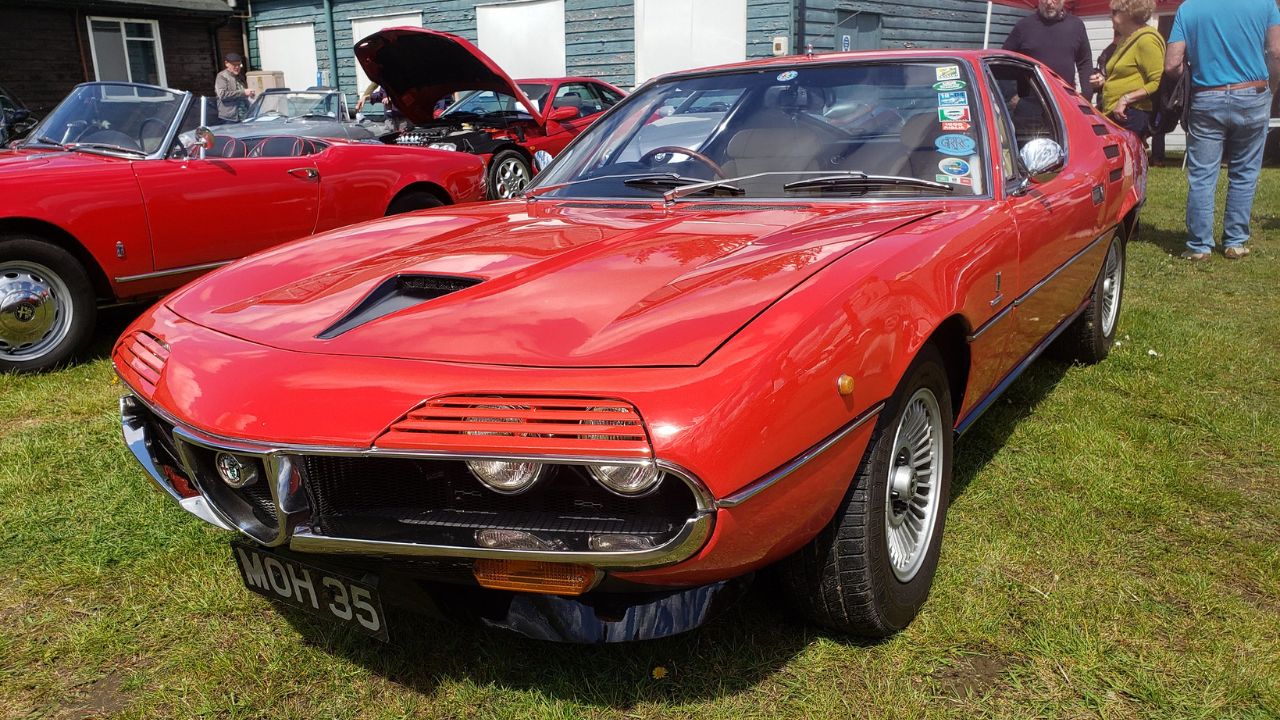
The Alfa Romeo Montreal, produced between 1970 and 1977, was a striking sports coupe that made use of Alfa Romeo’s extensive parts inventory. Although it featured a unique design and a powerful V8 engine, it borrowed heavily from the Alfa Romeo Giulia’s suspension and chassis components.
Despite its parts-bin origins, the Montreal delivered impressive performance and remains a sought-after classic among collectors. Its combination of Italian styling and engineering prowess, coupled with the strategic use of existing parts, enabled Alfa Romeo to create a memorable sports car that continues to captivate enthusiasts today.
Plymouth Barracuda (Second Generation)
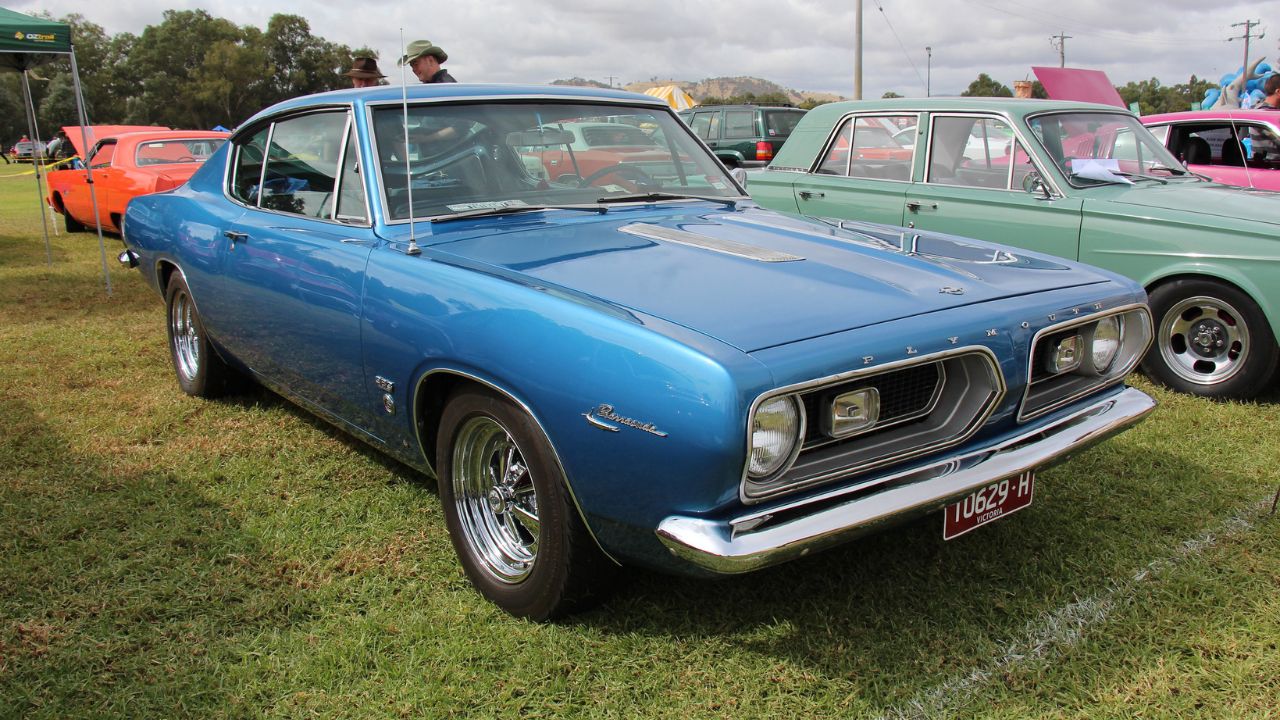
The second-generation Plymouth Barracuda, produced from 1967 to 1969, was a notable example of Chrysler’s parts-sharing strategy. While the Barracuda shared its underpinnings with the Valiant, it offered a range of engines, including the iconic Hemi V8, that catered to performance enthusiasts.
Despite its humble origins, the second-generation Barracuda became a muscle car icon, thanks to its powerful engine options and distinctive design. Its success demonstrated how manufacturers could effectively use existing platforms and components to create a vehicle that resonated with consumers and left a lasting impact on the automotive landscape.
Saab Sonett III
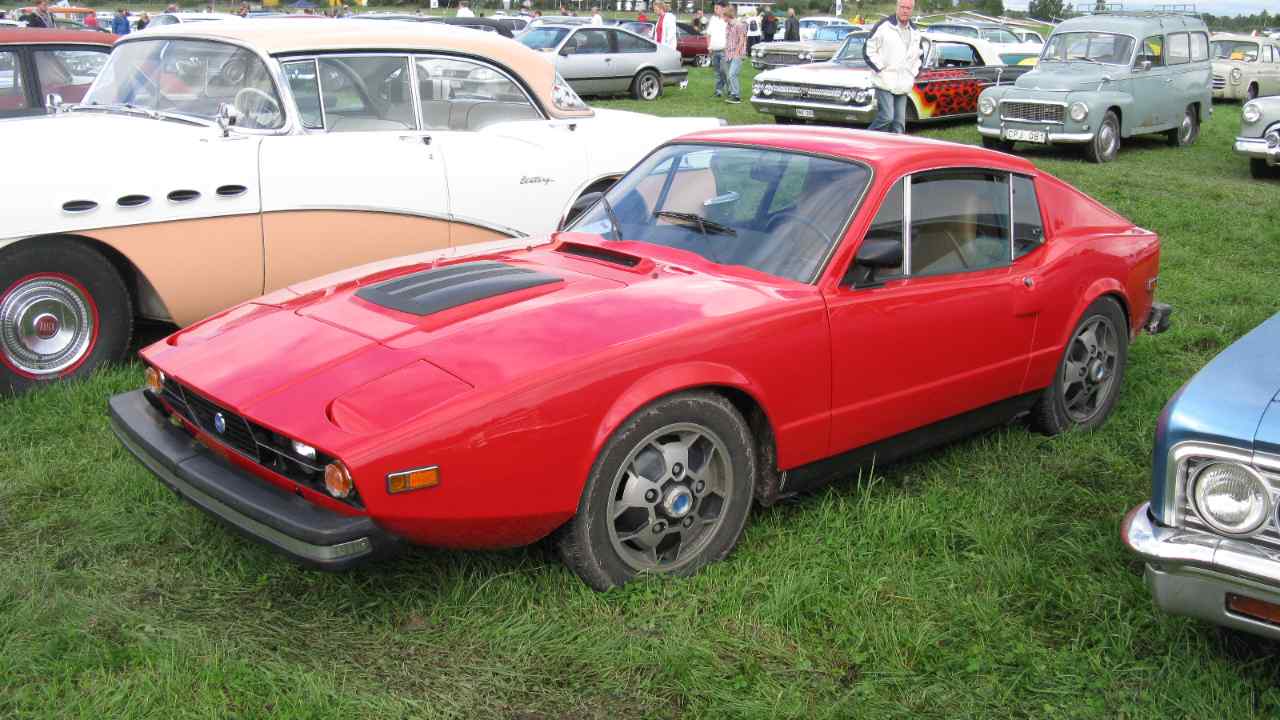
The Saab Sonett III, produced from 1970 to 1974, was a Swedish sports car that made extensive use of Saab’s existing parts. It featured a quirky fiberglass body and borrowed its engine and transmission from the Saab 96 sedan. Despite its unconventional appearance, the Sonett III offered a unique driving experience.
While it never achieved mainstream success, the Sonett III has become a cult classic among Saab enthusiasts. Its parts-bin construction allowed Saab to experiment with sports car design without significant investment, showcasing the brand’s commitment to innovation and individuality.
Nissan 240SX
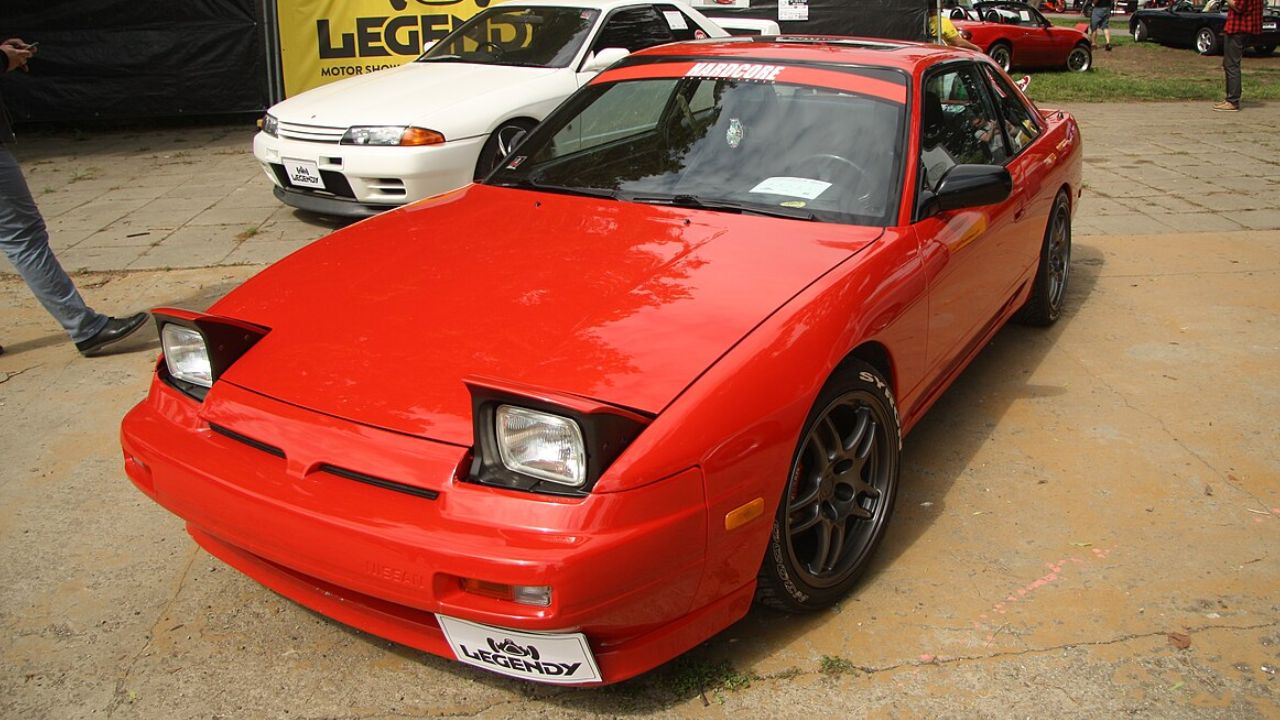
The Nissan 240SX, introduced in 1989, quickly gained popularity for its rear-wheel-drive layout and balanced handling. While it shared many components with other Nissan models, including the S13 platform from the Nissan Silvia, the 240SX offered a distinct driving experience that appealed to enthusiasts and tuners alike.
Its affordability and potential for modification made it a favorite for motorsport applications, particularly drifting. The 240SX’s clever use of existing parts helped Nissan create a versatile coupe that remains a beloved choice for car enthusiasts seeking a balance of performance and practicality.
Honda Prelude (Second Generation)
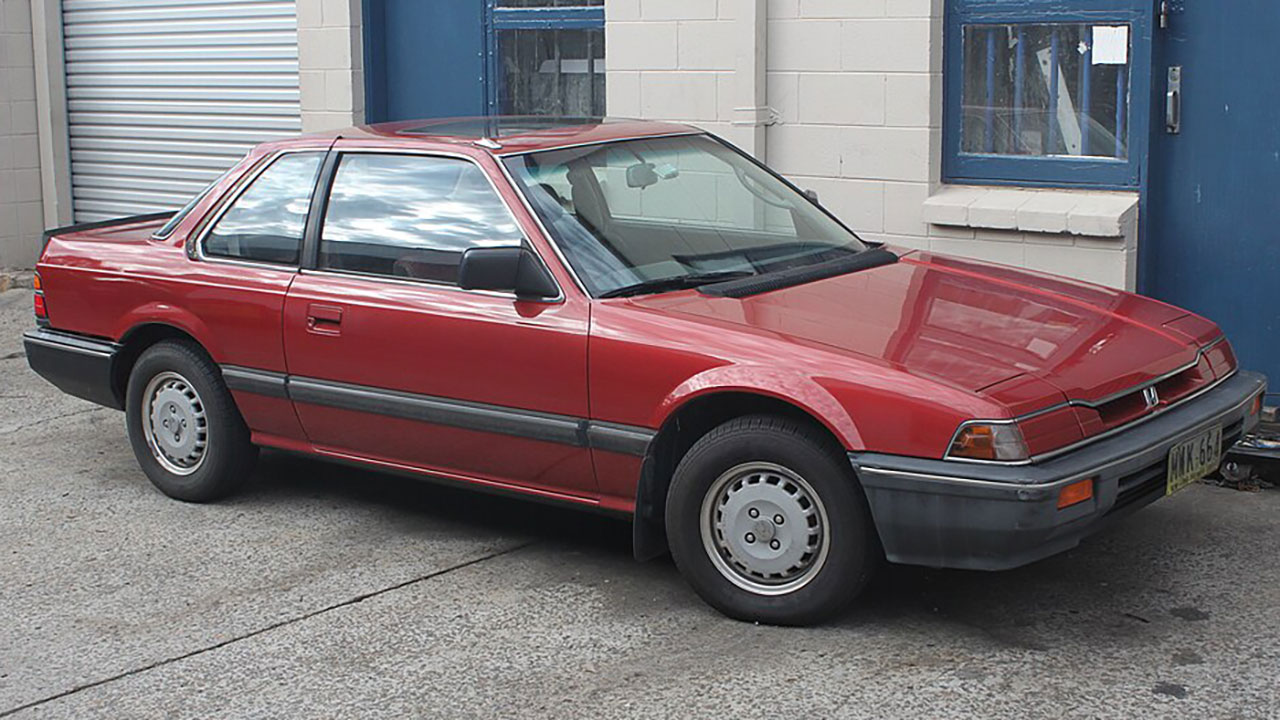
The second-generation Honda Prelude, produced from 1982 to 1987, was a compact coupe that capitalized on Honda’s engineering prowess. It shared many components with the Accord, including its engine and suspension, allowing Honda to offer a sporty yet reliable vehicle without reinventing the wheel.
Despite its parts-bin origins, the Prelude stood out for its innovative features, such as the availability of a fuel-injected engine and a sophisticated independent suspension. These attributes, combined with its stylish design and affordability, made the Prelude a popular choice among drivers looking for a spirited driving experience with the dependability Honda was known for.
Like Fast Lane Only’s content? Be sure to follow us.
Here’s more from us:
*Created with AI assistance and editor review.

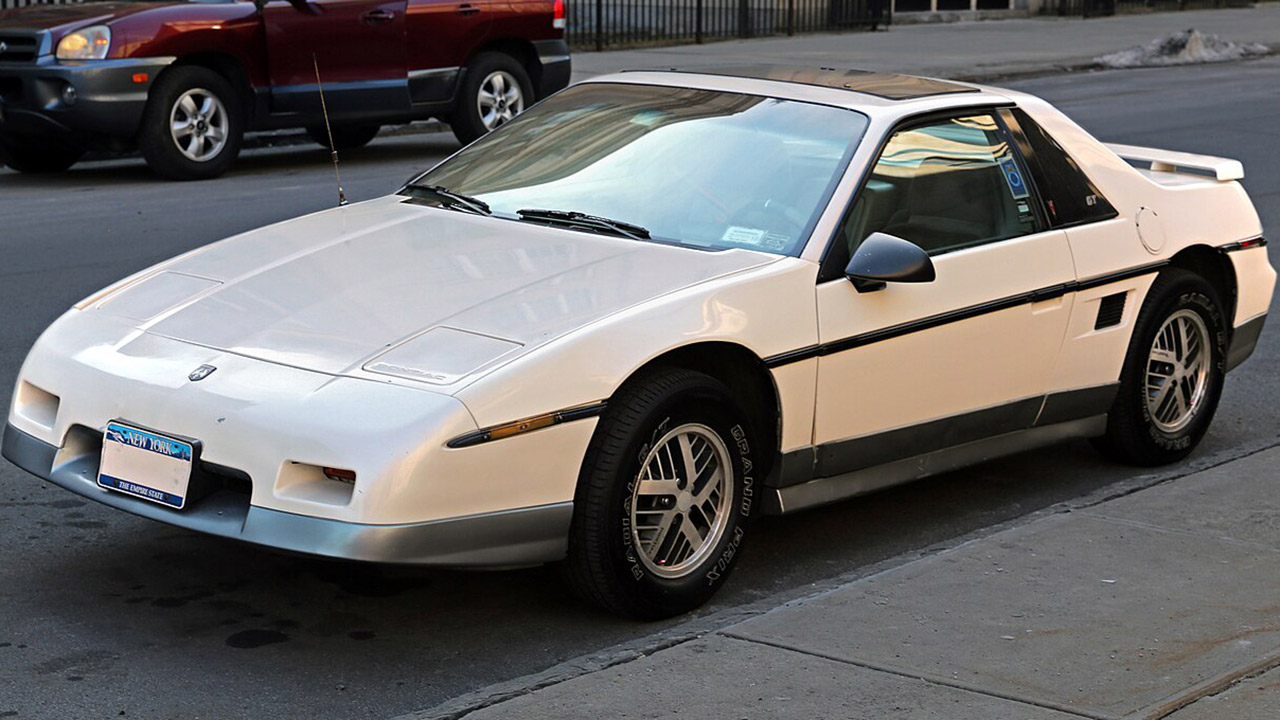
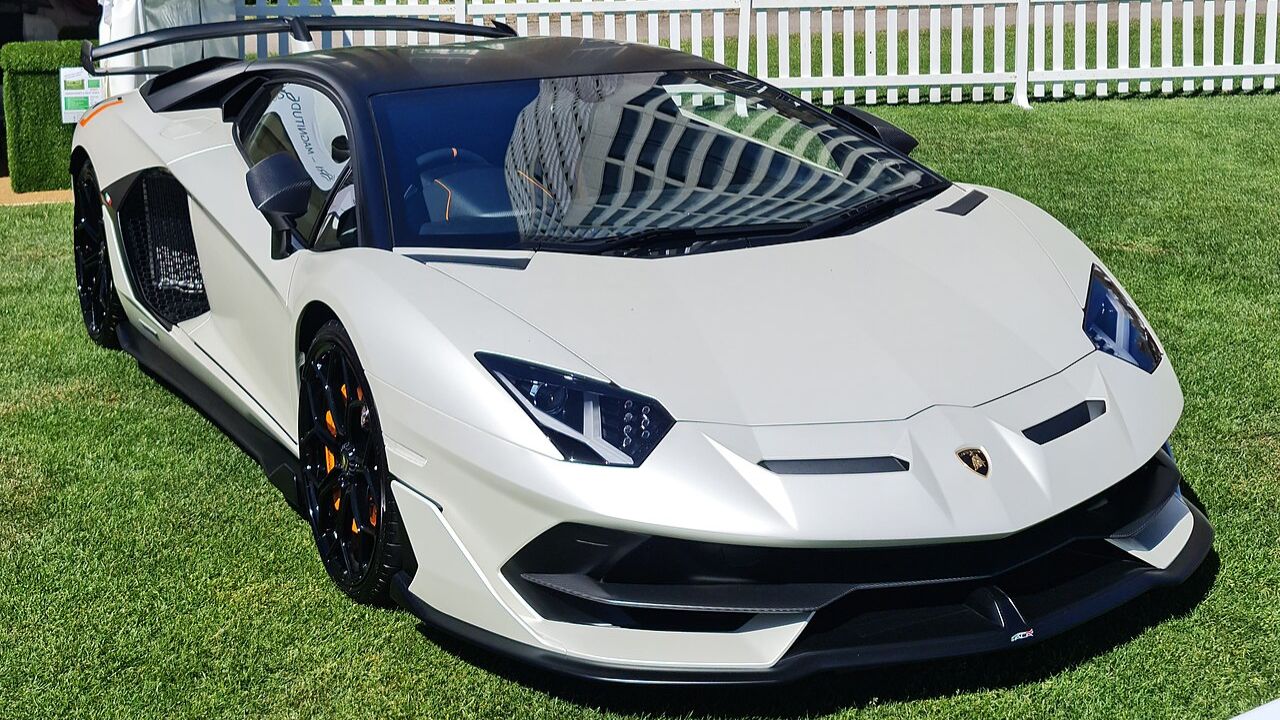
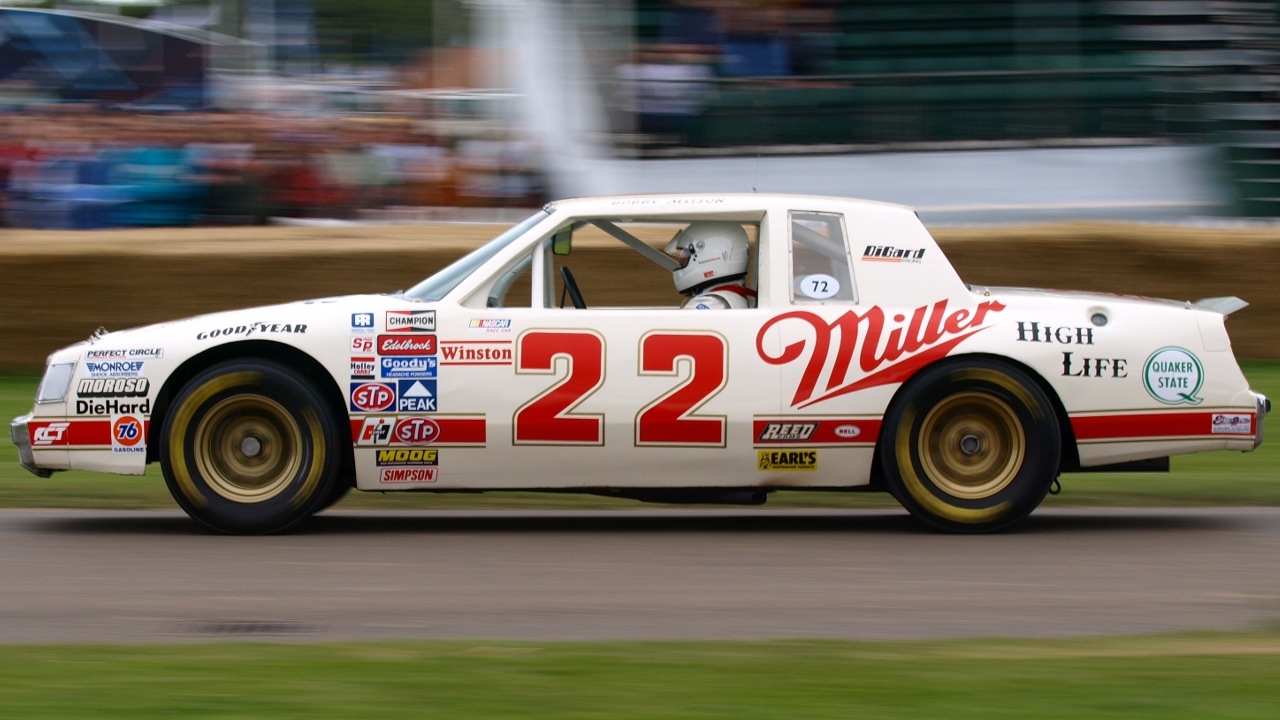
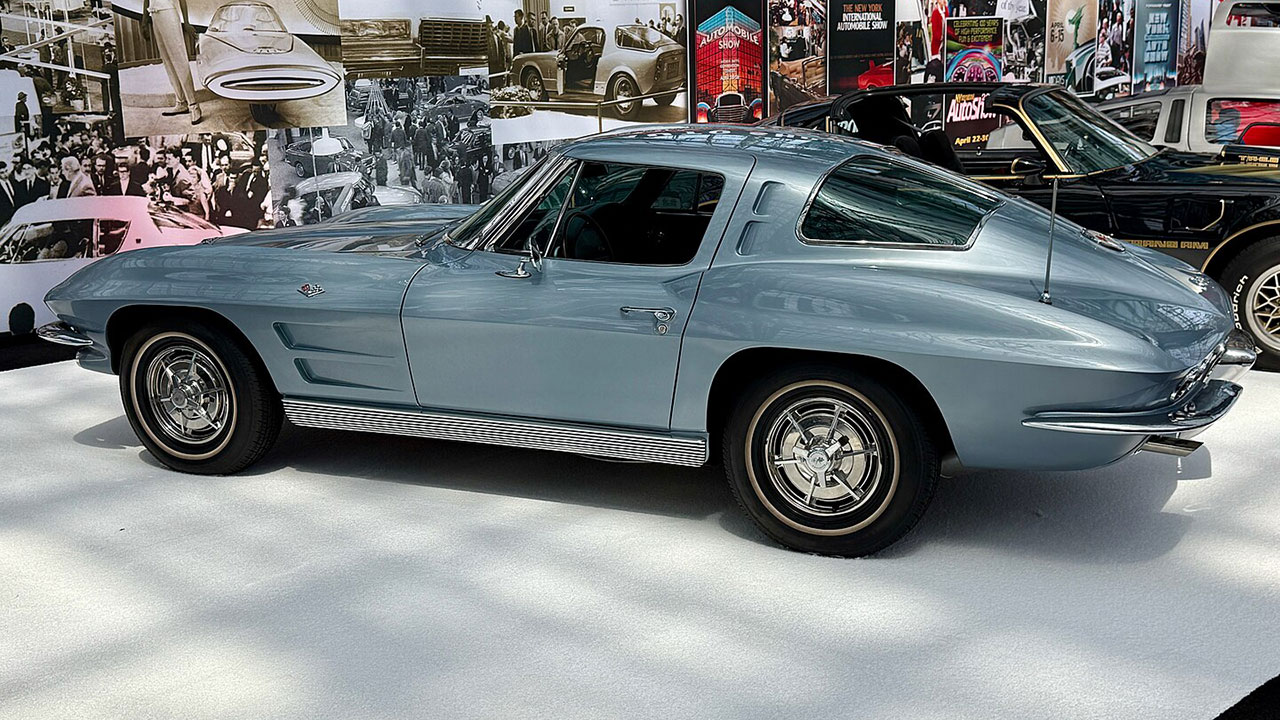
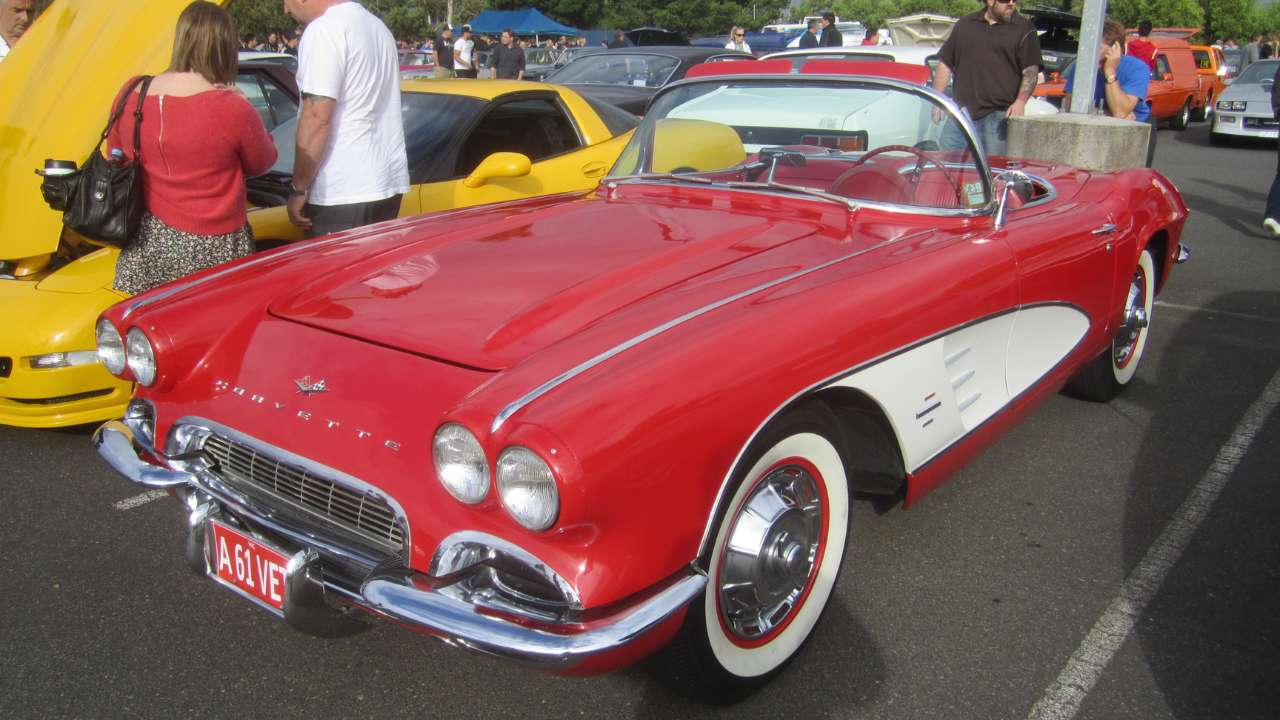
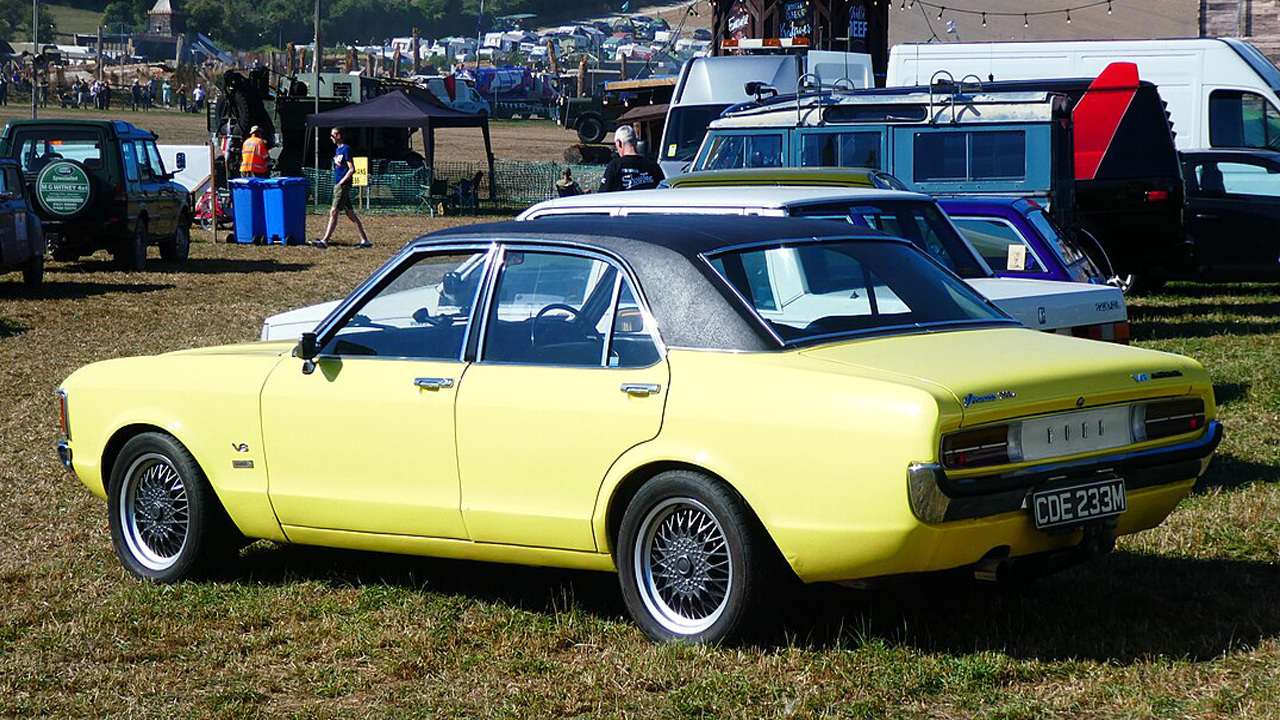
Leave a Reply